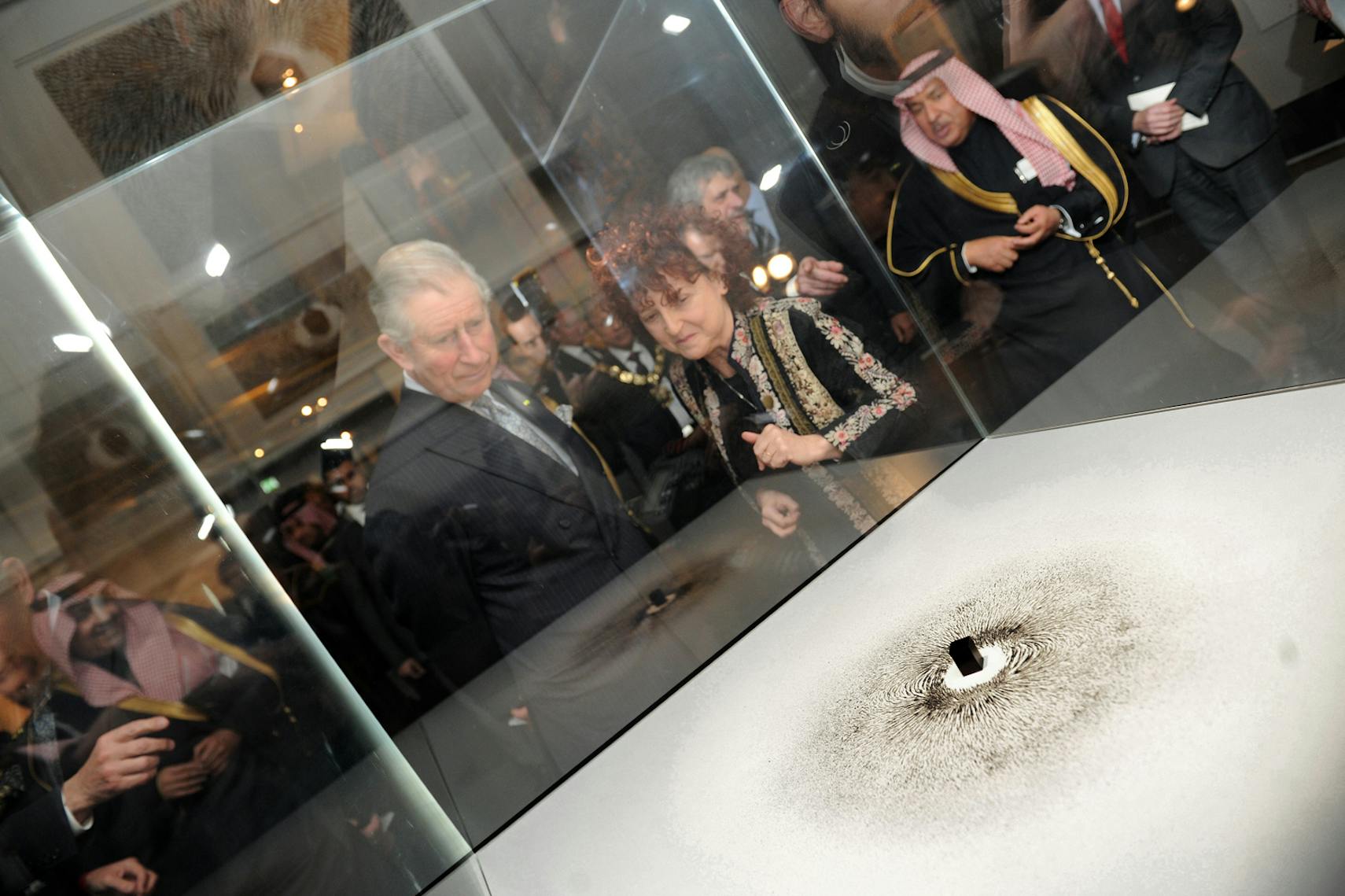
British Museum, London, UK

Curated by
Venetia Porter
Objects banal and beautiful were brought together by the British Museum for an exhibition tracing the hajj pilgrimage to Mecca, including priceless manuscripts and textiles, a Victorian Thomas Cook train ticket and blue plastic razors distributed by the Saudi government to all male pilgrims. Magnetism was presented as an artwork amongst these relics.
The exhibition was the first in any museum in the world to focus on the pilgrimage, which was already ancient when Muhammad completed his journey in the early 7th century. From 20,000 such travellers in 1932, in one week in 2011, just under three million people undertook the hajj.
As non-Muslims, neither the director of the British Museum, Neil MacGregor, nor the lead curator, Venetia Porter, can ever set foot at the sites or experience the rituals the exhibition describes. "In a way that's the point of the exhibition," MacGregor said. "The hajj is the fifth pillar of Islam, and the only one which non-Muslims are not welcomed to observe or share. The purpose of the British Museum when it was founded was to enable its visitors to understand the world better, and this must surely meet that objective."
"Hajj is yet another great idea from the British Museum: an exhibition that mixes past and present to illuminate a central force in the world. I left with a powerful sense of the spiritual simplicity and beauty that seduced Englishmen such as Burton and Lawrence"